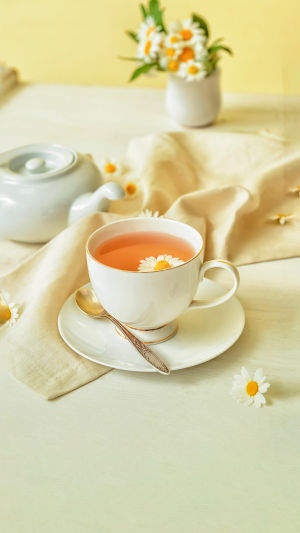Afternoon tea, a cherished tradition that originated in Britain, has evolved into a diverse and delightful practice enjoyed across the globe.
While the core concept of taking a break with tea and light refreshments remains the same, the variations around the world reflect unique cultural influences and local flavors. Lykkers, here’s a look at how afternoon tea is celebrated in different parts of the world.
<h3>1. British Afternoon Tea </h3>
The tradition of afternoon tea began in the 1840s with Anna, the Duchess of Bedford, who introduced the idea of a light meal in the afternoon to stave off hunger before dinner. In Britain, afternoon tea is a refined affair, typically served between 3 and 5 p.m.
It features a pot of high-quality black tea, such as Earl Grey or English Breakfast, accompanied by a selection of finger sandwiches (like cucumber and smoked salmon), scones with clotted cream and jam, and an array of pastries and cakes. Served on a tiered stand, British afternoon tea is a leisurely and elegant experience often enjoyed in hotels or tea rooms.
<h3>2. Japanese Tea Ceremony </h3>
In Japan, the tea ceremony, or "chanoyu," is a ceremonial practice that goes beyond mere tea drinking. This ritualistic event involves the preparation and consumption of matcha, a powdered green tea. The ceremony emphasizes mindfulness, aesthetics, and respect for the guests.
Traditional tea rooms and gardens are often used, and the ceremony includes precise movements and gestures that reflect the beauty of simplicity and harmony. While not exactly an afternoon tea in the British sense, the Japanese tea ceremony provides a deep cultural experience centered around tea.
Afternoon Tea Around the World | Travel Channel
Video by Travel Channel
<h3>3. Chinese Afternoon Tea </h3>
In China, afternoon tea is often associated with dim sum and a selection of Chinese teas. Dim sum includes a variety of small, savory dishes like dumplings, buns, and spring rolls, which are enjoyed alongside a pot of oolong, jasmine, or puerh tea. The practice of "yum cha" (drinking tea) is a social event where friends and family gather to enjoy tea and share a meal. Chinese afternoon tea is less formal than the British tradition, often featuring a more relaxed and interactive dining experience.
<h3>4. Indian Chai Break </h3>
In India, the concept of afternoon tea is usually represented by "chai," a spiced milk tea enjoyed throughout the day. While not a formal afternoon tea, chai is often accompanied by light snacks or sweets like samosas, pakoras, or biscuits. The social aspect of chai is significant; it’s a time for family and friends to gather and chat. Chai stalls and roadside vendors play a crucial role in this tradition, making it accessible to people from all walks of life.
<h3>5. American High Tea </h3>
In the United States, afternoon tea is often referred to as "high tea," though it’s sometimes confused with the British tradition. American high tea can be a more casual affair and may include a variety of teas, sandwiches, scones, and pastries. While not as formal as the British version, it still offers a delightful way to enjoy tea with a range of sweet and savory treats.
Afternoon tea, in its many forms, reflects the cultural diversity and culinary traditions of countries around the world. Whether it’s the refined elegance of British afternoon tea, the ceremonial grace of the Japanese tea ceremony, or the casual enjoyment of Indian chai, each tradition offers a unique perspective on this beloved ritual.
Exploring these diverse practices highlights how tea brings people together, creating moments of connection and enjoyment across cultures.





